In the rapidly evolving digital landscape, the need for robust cybersecurity measures has never been more critical. Recently, Gigamon and AUSCERT conducted a pivotal security roundtable, bringing together experts from various sectors to delve into pressing cybersecurity challenges and innovative defense mechanisms. This gathering was not just an exchange of worrying statistics and imminent threats, but rather a collaborative exploration of potential solutions and strategic improvements in cybersecurity practices.
**The Increasing Importance of Cyber Defense**
Cyber threats are evolving at a breakneck pace, with attackers becoming ever more sophisticated in their methods. As digital transformation reaches deeper into businesses and everyday life, cybersecurity experts are tasked with protecting increasingly complex networks. The roundtable emphasized the importance of adopting proactive defense strategies that anticipate potential threats rather than simply reacting to breaches after they occur.
The discussions underlined the shift from conventional defense mechanisms, which often rely on perimeter-based security models, to more advanced approaches such as zero-trust architectures and integrated threat detection systems. This shift emphasizes the verification of every connection point and activity within the network, minimizing potential vulnerabilities and entry points for cybercriminals.
**Collaborative Efforts in Cybersecurity**
One of the highlighted points was the significance of collaboration across different sectors and industries. The nature of cyber threats is such that no single entity has all the answers; therefore, sharing knowledge, tactics, and technologies can prove vital in the battle against cybercriminals. Gigamon and AUSCERT’s roundtable served as a platform for such knowledge exchange, where participants shared their insights and experiences, paving the way for more unified and effective defense strategies.
**Challenges in Implementing Cybersecurity Solutions**
Despite the advancements in technology, organizations still face numerous challenges when it comes to implementing and maintaining robust cybersecurity systems. These include budget constraints, a shortage of skilled cybersecurity professionals, and the rapid pace of technological change, which often leaves organizations playing catch-up.
During the discussion, participants acknowledged the importance of continuous education and training programs to address the skills gap in cybersecurity. Equally critical is the need for scalable solutions that evolve with the organization’s needs and the changing threat landscape. This requires leadership commitment to prioritize cybersecurity as an integral part of business strategy rather than an afterthought.
**The Role of Leadership in Cybersecurity**
Leadership plays a crucial role in championing cybersecurity initiatives within an organization. The roundtable highlighted that successful cybersecurity implementation often begins at the top, with C-suite executives and board members actively engaging with and understanding the cybersecurity landscape. This translates into better-funded security initiatives and a culture where security is ingrained into every level of operation.
**Innovations in Cybersecurity**
Furthermore, the roundtable covered emerging technologies that promise to transform how cybersecurity is managed. Artificial intelligence (AI) and machine learning (ML) were focal points of this discussion, with these technologies being touted for their ability to detect anomalies and potential threats in real-time, much faster than traditional methods. The implementation of AI-driven solutions can enhance threat intelligence, automate routine security tasks, and enable a more proactive security posture.
However, the integration of AI and ML into cybersecurity systems comes with its own set of challenges, including data privacy concerns and the potential for technology to be exploited by cybercriminals. Hence, the development and deployment of these solutions must be approached with caution and thorough testing to ensure efficacy and security.
**Looking Ahead**
Moving forward, the insights from the Gigamon and AUSCERT security roundtable underscore the need for a holistic approach to cybersecurity — one that combines cutting-edge technology with strategic planning, ongoing collaboration, and robust leadership. As cyber threats continue to evolve, organizations must remain vigilant, adaptive, and innovative in their security strategies to protect their digital assets effectively.
This roundtable provided a valuable forum for stakeholders to meet these challenges collaboratively, reinforcing the idea that in the fight against cybercrime, unity and shared expertise are among the most potent tools available.
Cyber Security
Gigamon


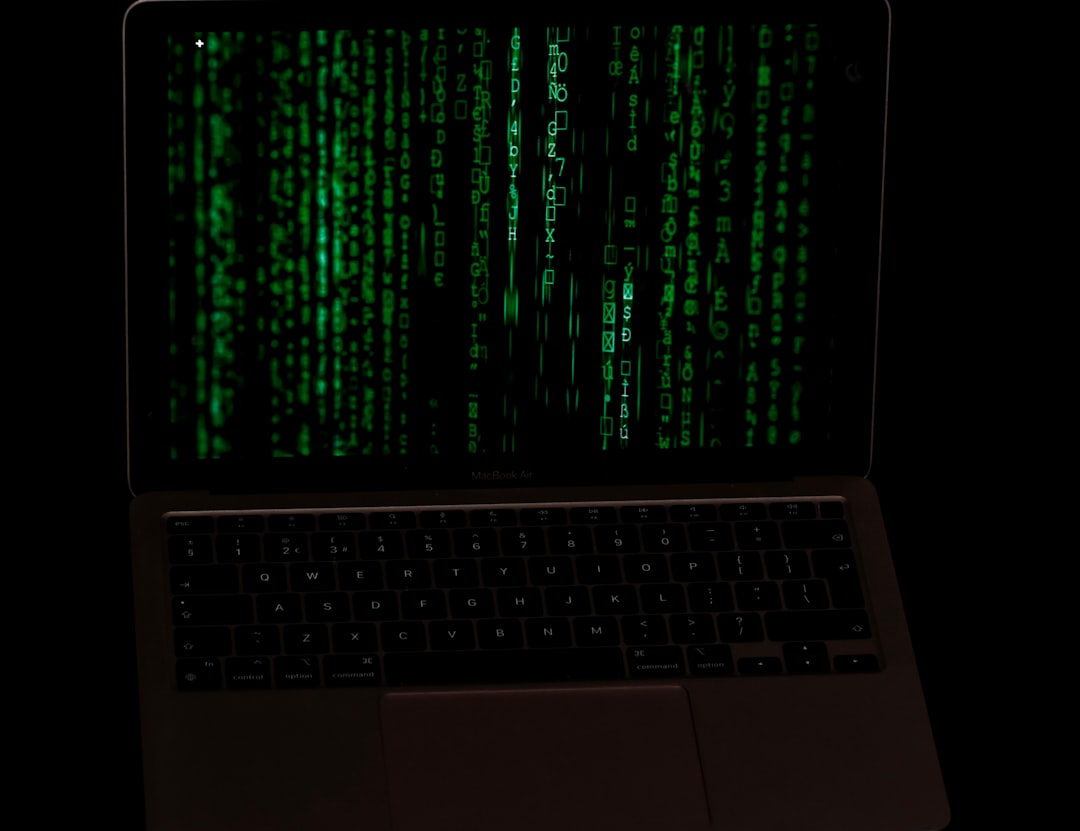

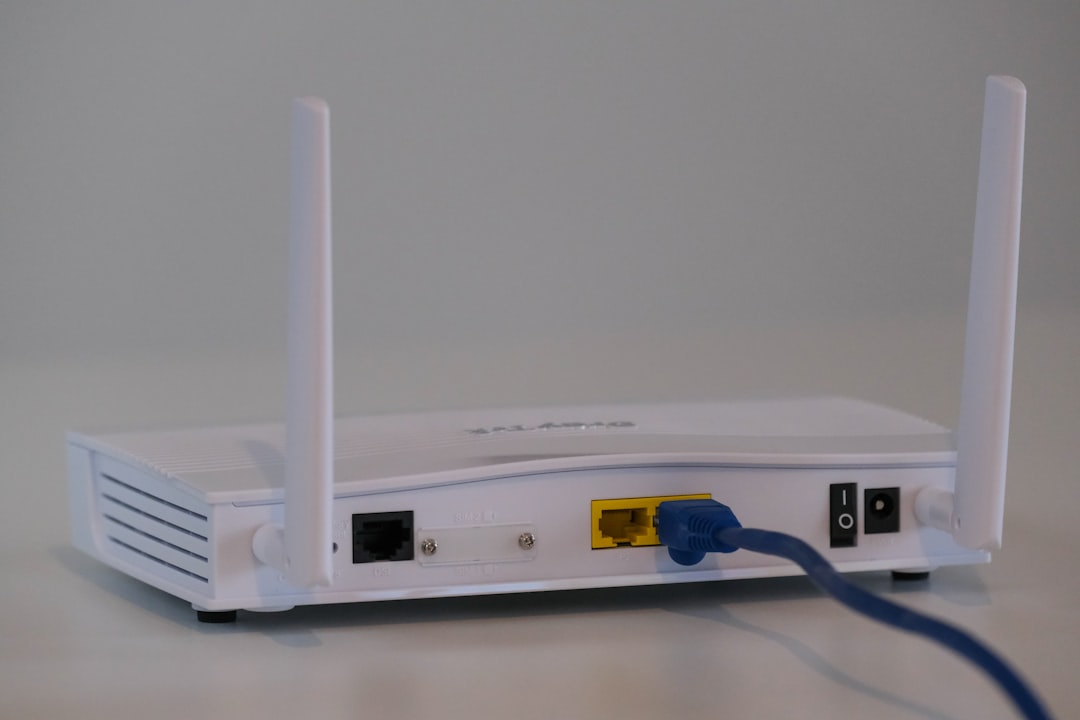

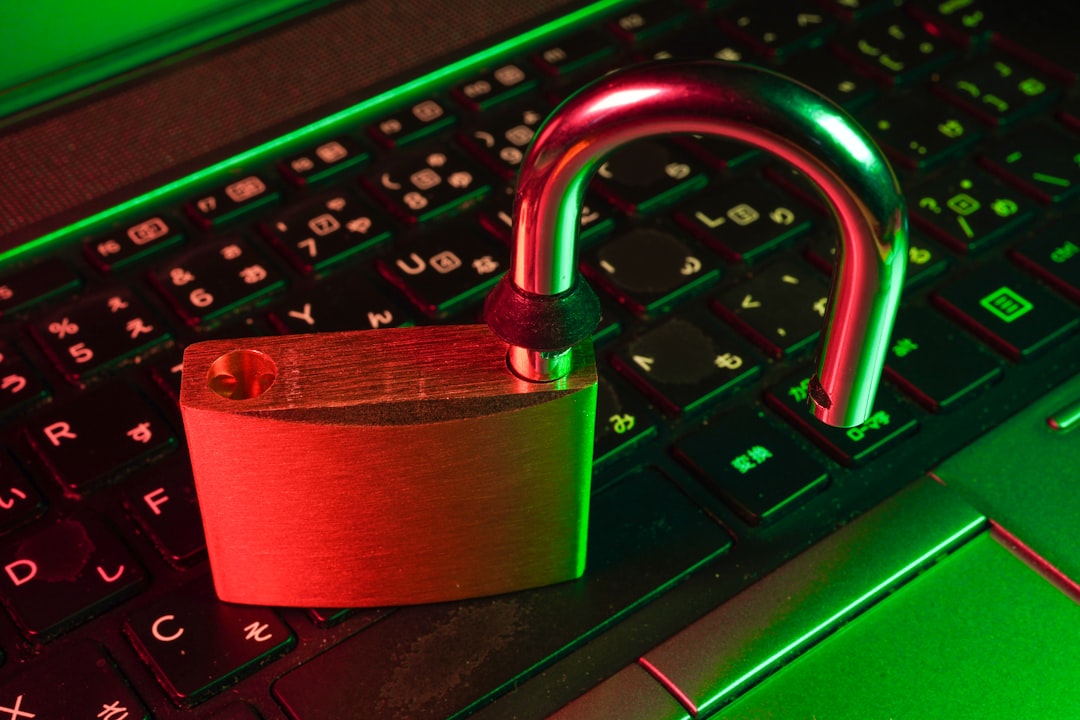
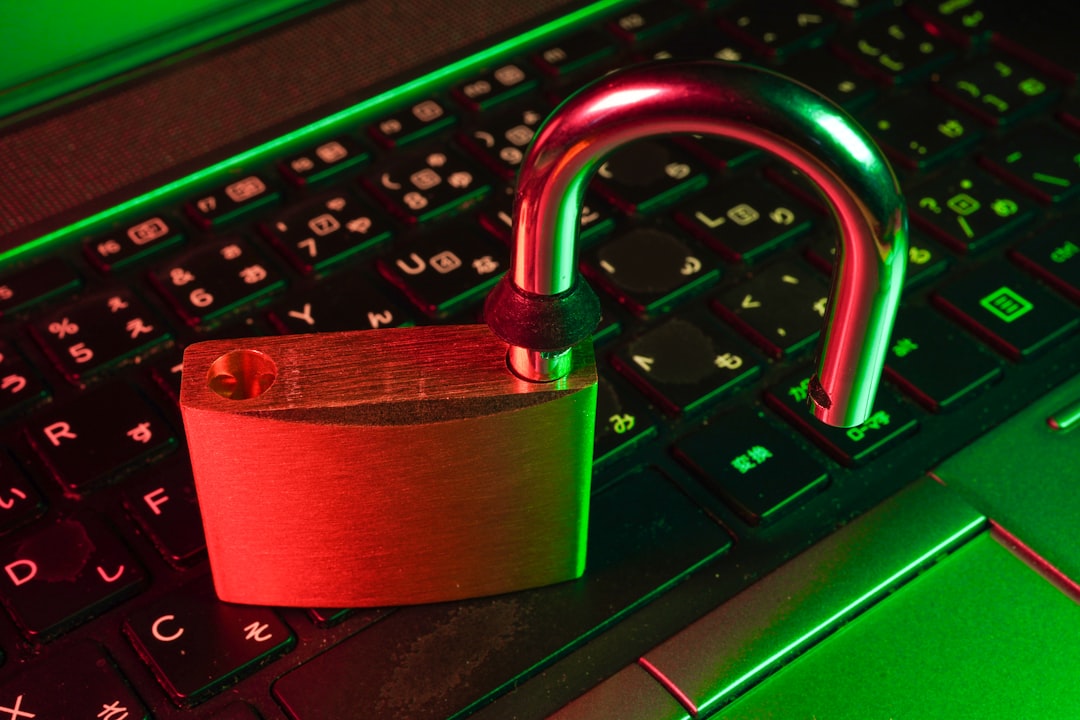
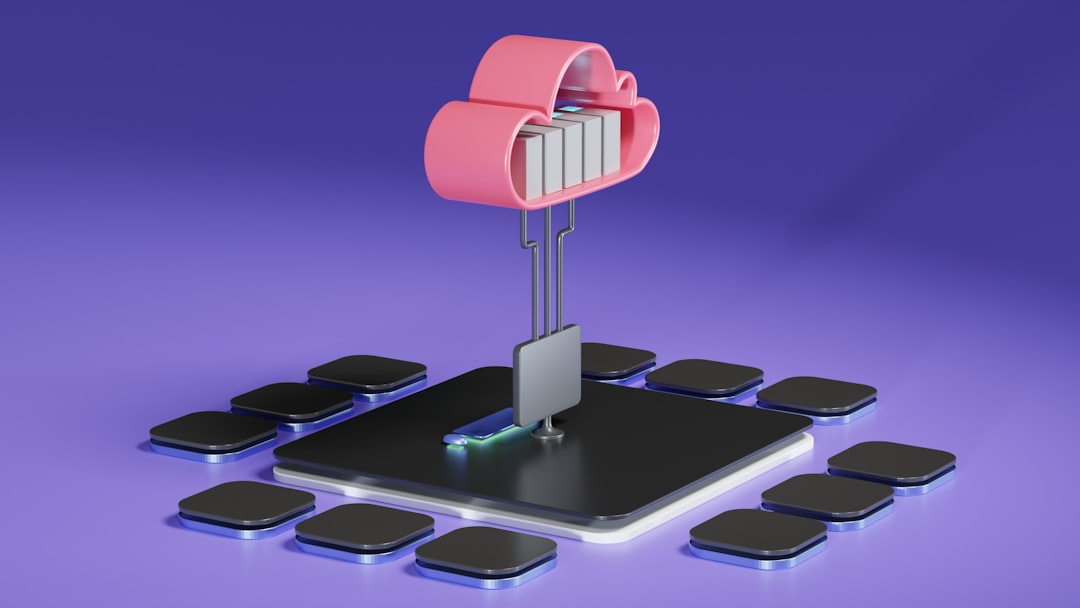
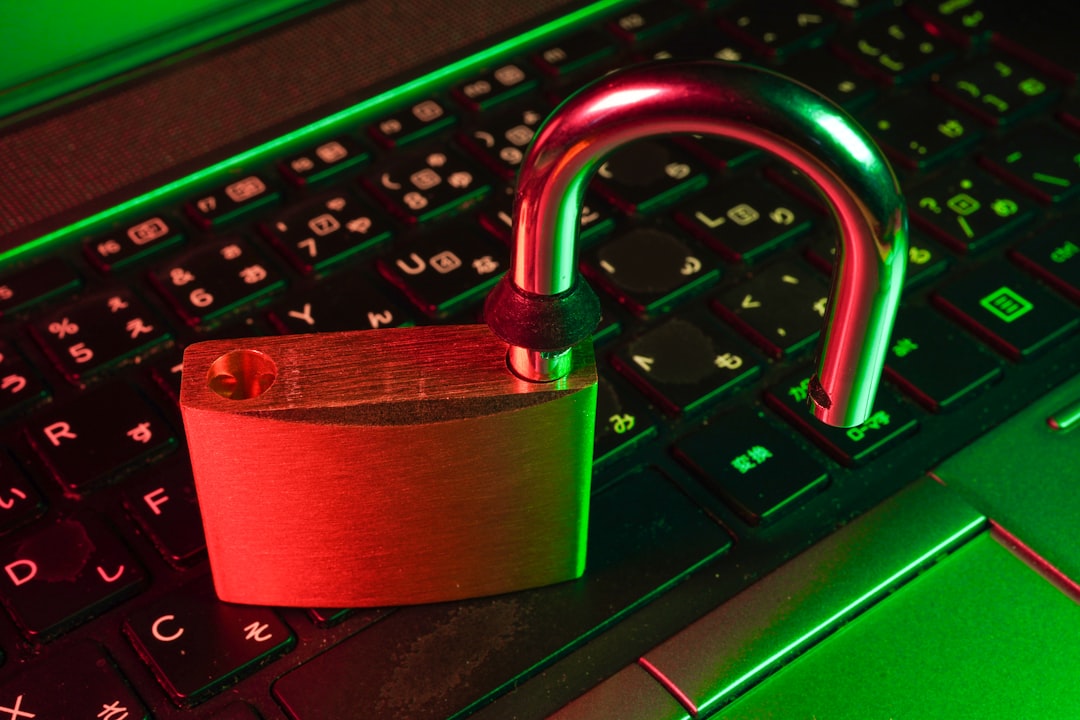
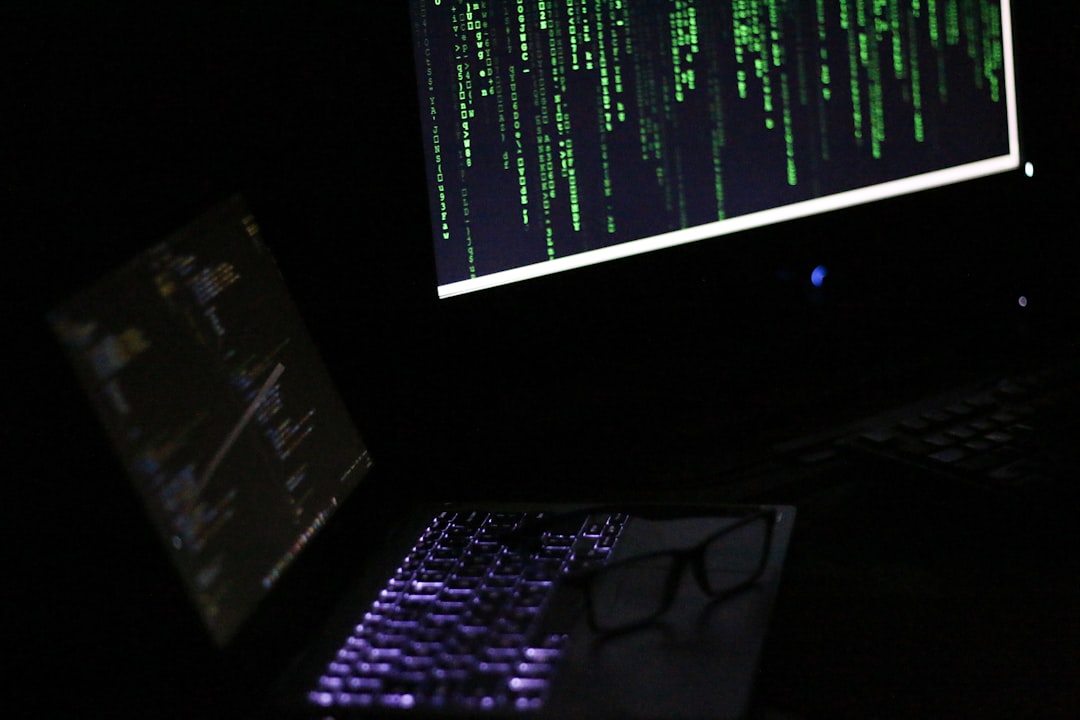
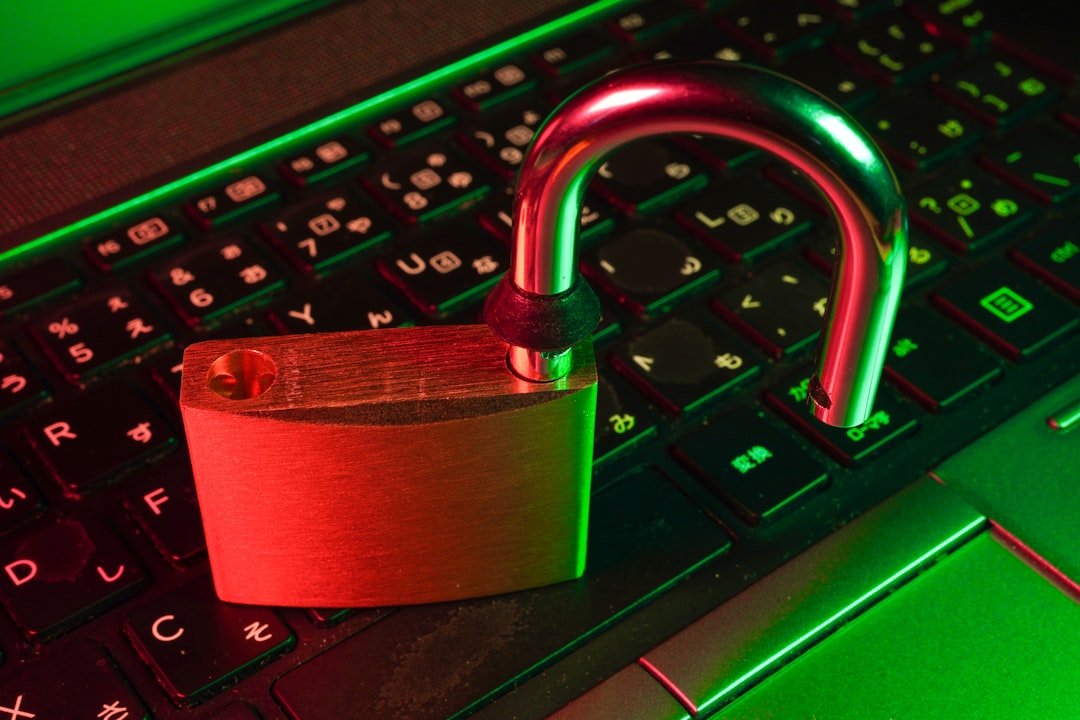

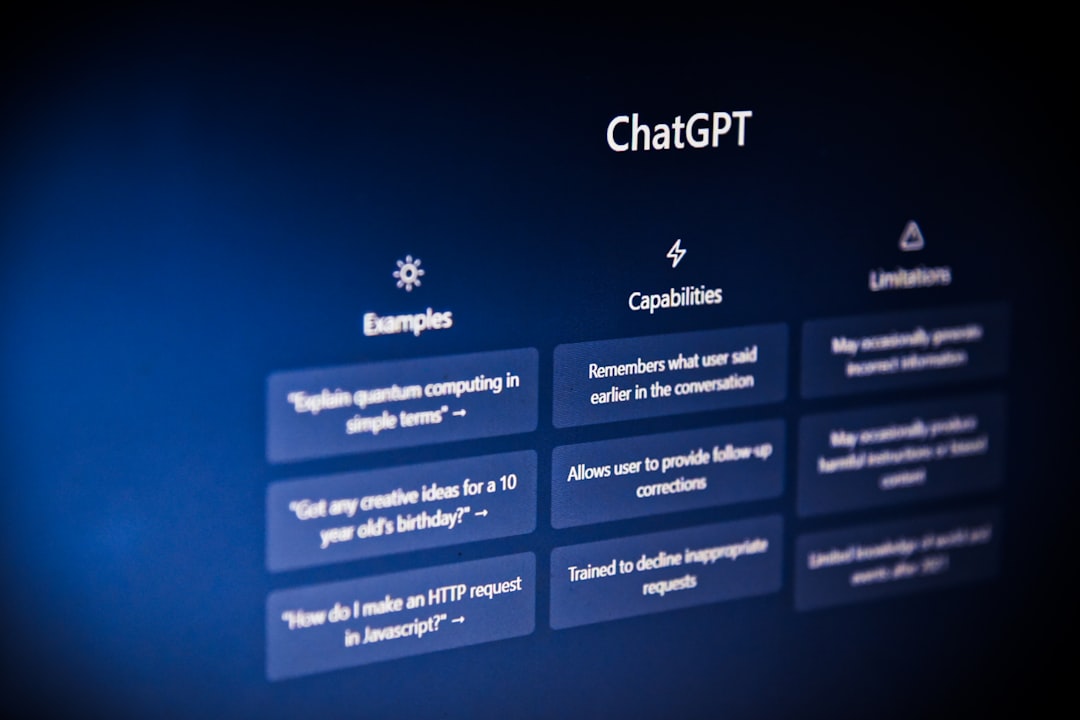


Leave a Reply